The 500-odd farmers of Gurha Kumawatan, a village in arid Rajasthan, are now millionaires thanks to polyhouse farming. Their hard work, innovation and unlimited ambition offers a path to prosperity for others in India.
Delivering delicate plums from the orchards of Himachal to consumers in southern India is a race against time.
 TR Vivek
TR Vivek 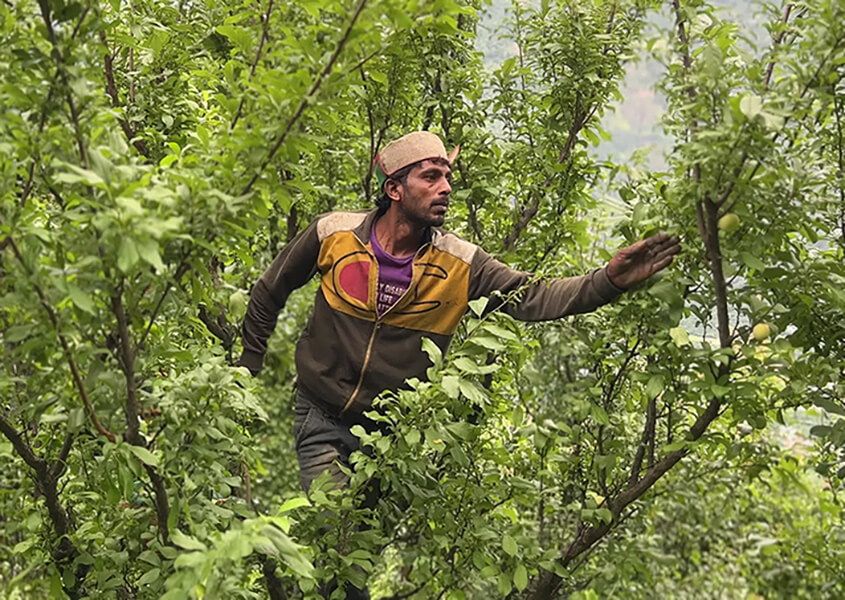
The English language has an adjectival fascination for plums compared to other fruits. An idea that seems crazy is ‘bananas’; blowing a ‘raspberry’ isn’t cool in polite company; an unwelcome warm winter is ‘strawberry’ spring; jealousy equals sour ‘grapes’; when things go wrong, they go ‘pear-shaped’; but a well-paying job is ‘plum’, a decadent cake rich in raisins is a ‘plum cake’, never mind there’s usually no plums involved. And, it’s for good reason.
Himalayan treat
Farmers in Raugi village, 15km to the north of Kullu in Himachal Pradesh, a horticultural hotbed of India, unaware of English idioms, use a more evocative and accurate description. They call plums ‘pedon ka gulab jamun’ or gulab jamun-on-trees. Plums are of course, botanically speaking, a part of the rose family alongside apples, peaches, strawberries and pears.
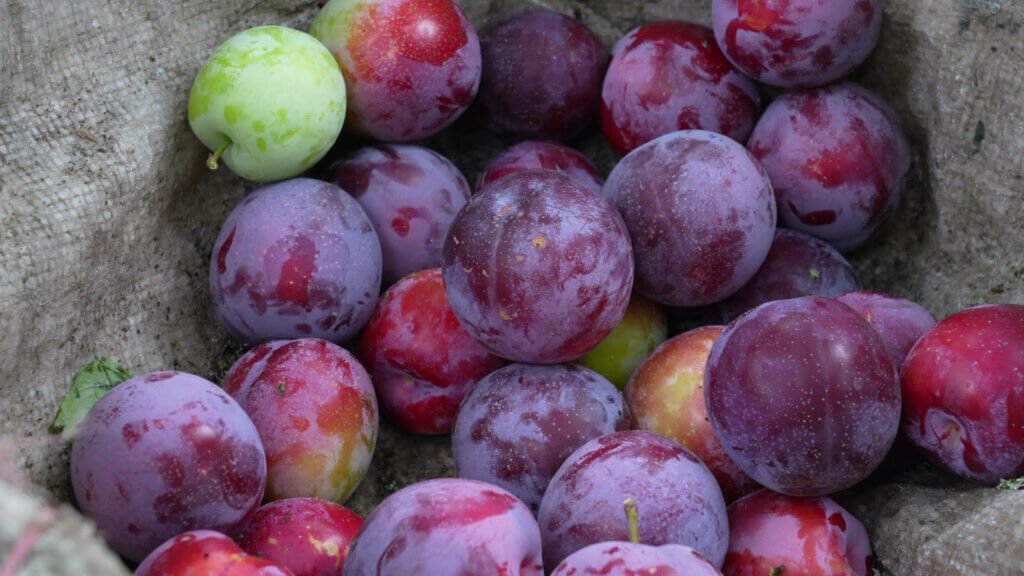
A ripe Santa Rosa plum, the most commonly grown variety in the region, is deep velvet red that often tips over to the territory of purple. It is pretty much a gulab jamun-sized globe with taut, translucent skin extending an invitation the incisors and canines can’t resist. Whether the bite results in thin jets or trickling rivulets of the sweet-and-tart nectar down the chin is the line that separates primitive passion and civilized public conduct. Plum’s flesh is a colour of crisp lager, with texture somewhere at the midpoint of apple’s initial resistance and banana’s tender surrender.
The new apple
While currently nowhere near the commercial importance of apples in Himachal Pradesh and Kashmir, or as ubiquitous as bananas in peninsular India, plums hold great potential thanks to growing consumer demand and higher profits it offers farmers. It could be the next urban ‘super-fruit’. Plums like several other fruits are packed with healthy anti-oxidants, fibre, minerals like potassium, calcium, C and B-complex vitamins. But its newfound preference is on account of the relatively low glycemic index that makes it diabetes friendly (in moderate quantities, of course). It has a glycemic load ranging from 4-12 compared to 7-16 for bananas. Glycemic load is a measure that combines the quantity of carbohydrates in a food with how quickly those carbohydrates raise blood sugar levels, giving a better understanding of its potential impact on blood sugar.
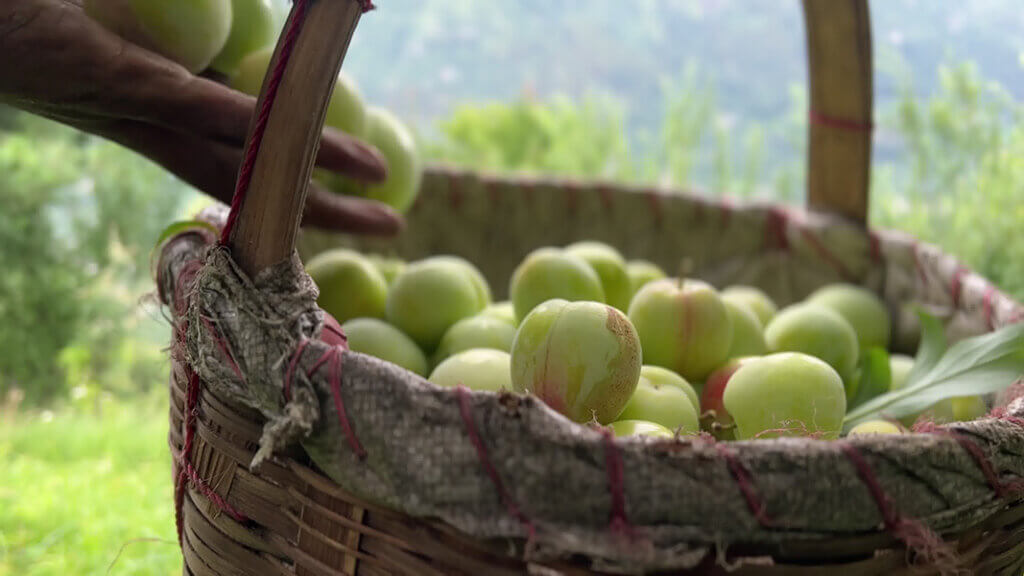
Plums fetch farmers in Kullu anywhere between Rs 100-200/kg compared to Rs 50-80 for apples. “Not only are prices higher, plums require only 10% of the input cost and with a climate less cold than needed for apples. They can grow in bony soil at an altitude of 2000-7000ft and beyond. The state has to look beyond apples because the orchards are now three generations or nearly 100-years old,” says Deepak Singha, a retired salesman of IT products such as Xerox machines and computers from a traditional family of fruit farmers who now heads the Plum Growers Forum (PGF) based in Solan.
Apples accrue nearly Rs 6,000 crore to Himachal’s economy. Plums are barely in sight with an estimated share of Rs 350 crore. Plus, plums are one of the ficklest fruits to ferry from the farms in Himalayan slopes to shop shelves in Mumbai and Bengaluru.
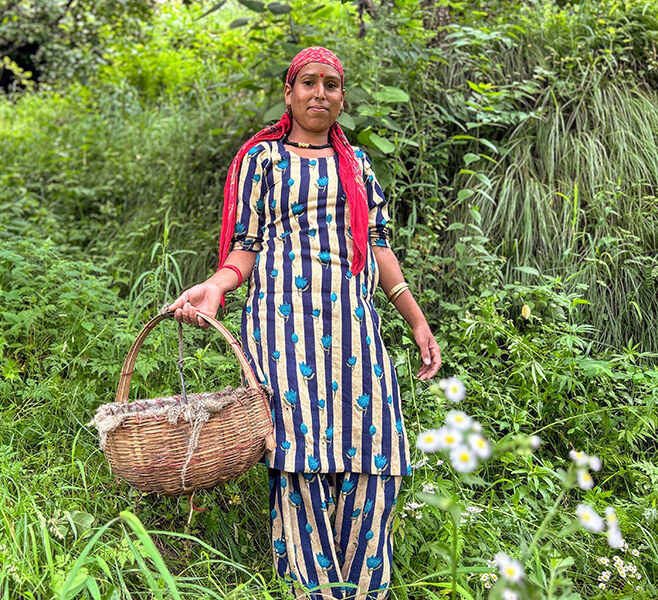
Handle with care
“The plum needs to be handled like a baby. It can be the new apple, a gamechanger for farmers and consumers alike,” says Naresh Jawa, the 65-year-old founder and CEO of Allfresh, a supply chain firm specializing in plums, apples and oranges. Jawa, a railway engineer who set up and headed the cold chain subsidiary of the state-owned logistics firm Container Corporation (Concor) knows a thing or two about handling fruits.
“Apples can easily be transported over long distances and cold-stored for more than a year. But plums need the same cool ambient temperature from the farm all the way through to the supermarket. It needs refrigerated transportation, and even then, can only last 25-30 days,” he says.
The business of selling plums is therefore a frantic race against time; the ecstasy of biting into the fruit is matched by the complexity and logistical precision its farm-to-mouth journey requires.
Botanists consider northern China the birthplace of the kind of plums that are consumed today. But its commercial cultivation was perfected in Japan and hence classified as Japanese plums. They are round in shape, sweet and juicier compared to the oval, and almost peachy-firm European plums.
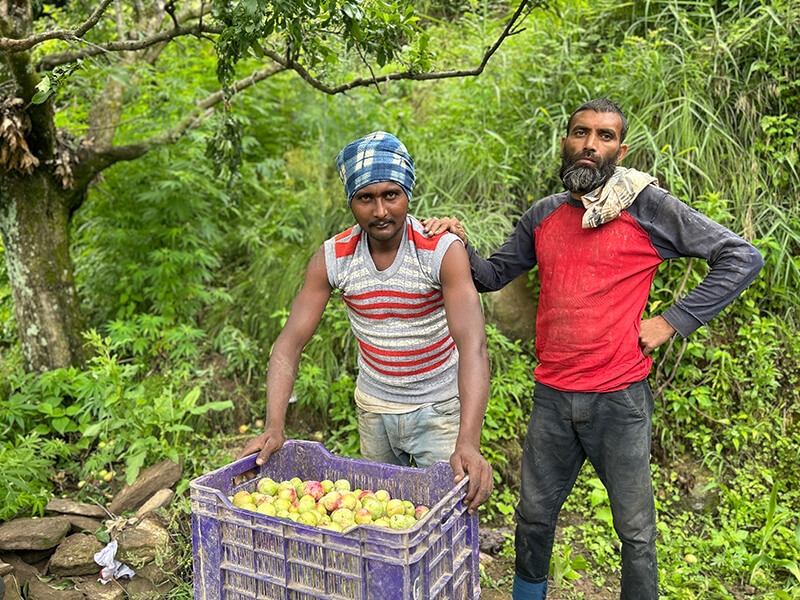
“Plums were not a serious crop in the Indian Himalayan region. It was just an intercrop for farmers with poor soil. They were a byproduct of apples. Plums were half-heartedly harvested and sold for as cheap as Rs 25/kg,” says PGF’s Singha. Now, they can be a life saver in lands long abused by apple monoculture that saps soil of nutrients and require ever more chemical intervention.
Finding a sweet-spot
With growing demand in a big domestic market ready to pay a premium for exotic fruits, plums are being sourced directly from farmers by companies such as Allfresh, now owned by Waycool, a large fresh produce and FMCG firm, and the Adani Group’s farm division. Companies with modern supply chains and organised sourcing can pay the farmers up to Rs 5/kg more than local traders.
Unlike apples that require a ‘chill-time’ or night time temperature below 7⁰ Celsius for 1200 hours, the Japanese plums can do with 250-300 hours making them adaptable even to low altitudes.
The peak season for plums is June, a profitable segway to apple-picking that begins by mid-August. But in June, pounded by monsoon rains, when the rocks are slippery and the grass waist-high, the orchards in the steep mountain slopes face the greatest danger. On a rare blue-sky day, sunlight seems to ping back from the black-and-white eastern Pir Panjal range peering over Kullu.
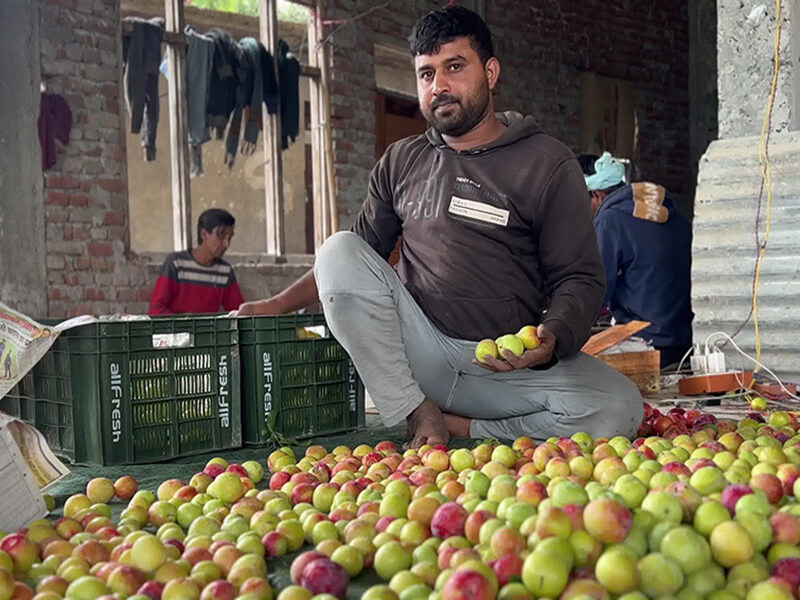
A bigha of land (a little more than half-an-acre) can house up to 70 plum trees. A plum tree itself is like a giant, 25-foot-high woody rosebush without the spikes. Each tree can yield 200kg of plums. On his three bighas, Vineet Chauhan a 33-year-old plum farmer in Kangti village makes a net profit of Rs 3 lakh after paying for farm labourers Rs 600 a day. Seasonal workers from UP, Bihar and Rajasthan harvest and lug at least 100kg of fruit a day trekking mostly barefoot or at times wearing flip-flops that seem to offer the certainty of a fatal accident rather than cushion for the sole.
The fruits, if they have to travel more than a 1000 km have to be harvested when they are 10% ripe. The best time to pluck the putative gulab jamuns is when they are gooseberry in colour, when their butt-crack like ridge starts turning red. The summer sun in April and May sets off the sugaring process that takes full effect while the plums are in transit. Wet hands and rain during the harvest can wipe off the natural, ashen wax that coats the fruits bringing down their market price. “You need delicate hands, from plucking to packing. You can’t afford to bruise plums. Rot sets in on a bruise,” says Chetram, a portly farmer in Raugi nailing the cheap reaper wood boxes each with a hundred plums carefully stacked on a bed of newsprint and straw.
The plums are harvested, sorted and graded at a clearing closest to the farm that has a concrete roof by 4pm. Then they make the overnight journey, weather permitting (June is also the month of heavy landslides and traffic jams that can last a couple of days) from Himachal to markets in Punjab and Delhi for street sale, or to the cold storages around the National Capital Region (NCR) for travels further south. More than half of the 90,000 tonnes of plums India’s hill farmers produce rots before it can reach the consumers. In the absence of refrigeration, the heat and humidity of India’s plains can turn a container of plums into a watery mess in a day.
“I was amazed some years ago to see plums sold in Mumbai’s wholesale markets for 400/kg. If plums could travel from Spain to India, why could we not get them from Kullu to Karnataka? I had seen Himachal farmers selling the fruit for as little as Rs 20/kg. There was demand for plums among high-end consumers and the supermarket chain infrastructure in south Indian cities was much better than in Delhi. We anyway sourced apples from Himachal. So, we took it up as a challenge to deliver Indian plums all the way from Himachal to Chennai when they were in season,” says Jawa.
Cold chain for a hot market
For the first few years since starting the experiment in 2015, Allfresh made losses worsened by two years of Covid-19 when in-store buying all but stopped. This season, the company has sold 140 tonnes of plums, most of it in Mumbai, Bengaluru and Chennai.
“Earlier, the traders, commission agents and even agri universities had no interest in plums. Small orchard farmers in the hills who have less than two acres of land depended on the agents to give them farming advice and price information. Now, the ability to link farmers to far flung markets has made plums lucrative,” explains Jawa.
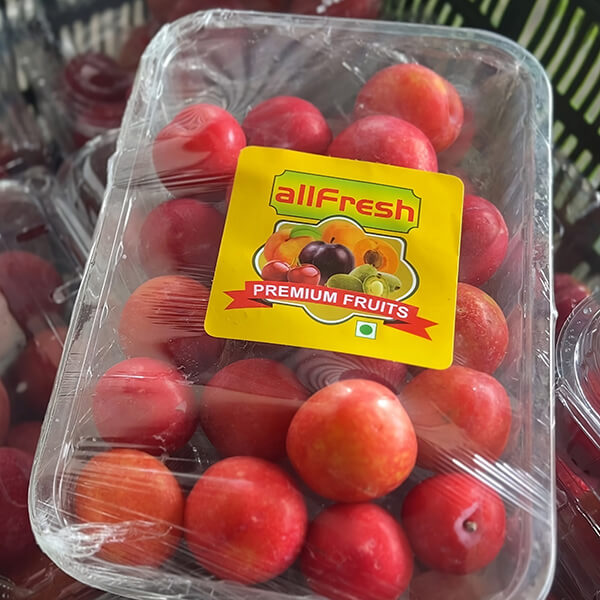
The shelf life of plums and other similarly delicate stone fruits such as peaches and cherries can be extended far beyond the current 25-30 days with modern packaging infrastructure closer to the orchards.
The fruits can last much longer if they are cooled to the core at 3-4⁰ Celsius a few hours after harvest. We can then even look at export markets. But that kind of capital investment in infrastructure has to come from the government,” says PGW’s Singha.
Forget exports, to be able to create a countrywide market for such a fantastic produce would be a ‘plum’ deal for India’s farmers and consumers alike.
The 500-odd farmers of Gurha Kumawatan, a village in arid Rajasthan, are now millionaires thanks to polyhouse farming. Their hard work, innovation and unlimited ambition offers a path to prosperity for others in India.